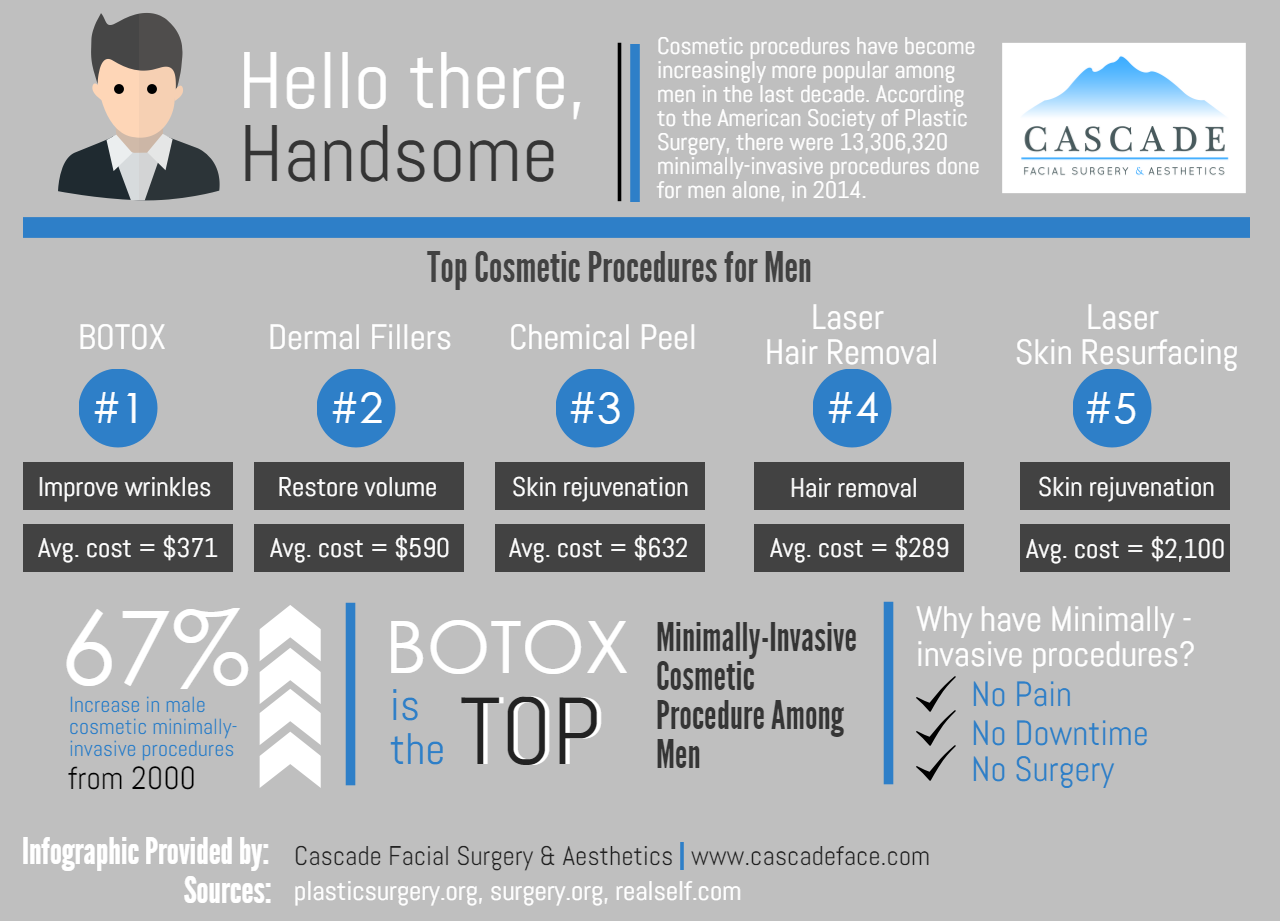Acne Treatment - What Are AHAs in Acne Therapy?
AHAs are a crucial active ingredient for unclogging pore clogs and brightening acne-prone skin. They function by breaking down dead skin cell buildup to advertise more recent, fresher cells, and protecting against future clogs.
Developing topical AHAs necessitates thorough interest to various vital variables that substantially affect their efficacy and tolerability. Keeping the optimum pH variety, together with car selection and focus, magnifies their exfoliative qualities while alleviating potential damaging responses.
Glycolic acid
Glycolic acid is recognized for its mild yet reliable exfoliating residential properties, which promote skin's all-natural dropping and loosen the "glue" that holds dead cells externally of the skin. This assists unblock pores and reduce the look of great lines and wrinkles, along with improve general skin appearance and tone.
Interestingly, topical glycolic acid has actually also been shown to promote the manufacturing of collagen, which is essential in maintaining skin's firmness and elasticity. It is necessary to note, however, that because glycolic acid can stimulate the skin's sensitivity to sunlight, it is essential to use sunscreen when utilizing any type of products containing this active ingredient.
Dermatologists pay careful attention to the solution of products including AHAs in order to optimize their efficiency and tolerability. Creating AHAs with the ideal automobile, together with pH and focus factors to consider, enables optimal skin infiltration while reducing potential negative reactions. This is specifically vital for individuals with sensitive skin, considering that AHAs are known to be slightly irritating.
Lactic acid
Lactic acid is discovered in many over the counter skin care items and some stronger professional peels and therapies. It has the most affordable molecular weight of all the AHAs and has the ability to pass through deeper into the skin, where it is extra efficient at unclogging pores and exfoliating.
Like glycolic acid, it additionally promotes collagen synthesis, which helps reduce fine lines and creases and improve skin texture. In addition, it has moisture-retention residential properties, that makes it more suitable for drier skin kinds than other AHAs.
The comprehensive body of scientific data corroborating the efficiency of topical AHAs sustains their utility in a wide range of dermatological afflictions and aesthetic problems. These include complex skin rejuvenation treatments, attenuation of great lines and wrinkles, lightening of hyperpigmentation, healing intervention for actinic keratosis, and acne monitoring [2] Maximizing the formulation of AHAs by balancing pH, focus, and vehicle selection even more improves their therapeutic potential. These careful factors to consider enable skin specialists to deliver risk-free and reliable therapies that provide exceptional scientific outcomes.
Mandelic acid
Mandelic acid, derived rejuvanad+ by penmix from almonds, is another participant of the AHA family members and is a preferred active ingredient in products that help treat acne. Its larger molecular size suggests it passes through the skin extra slowly and delicately, which can minimize the capacity for irritability. It's additionally less likely to cause redness and other skin level of sensitivity issues, making it ideal for sensitive skin types.
Mandelic Acid is believed to help in reducing inflammation and increase hydration. It functions by loosening up the bonds between dead skin cells, enabling them to drop and expose fresher-looking skin. It additionally helps in reducing the appearance of enlarged pores.
Formulating topical products with AHAs calls for a precise balance of key elements that substantially affect their effectiveness and tolerability. Specifically, the pH of an AHA formula has been revealed to play an important function in its ability to advertise exfoliation and boost skin tone and texture. Accomplishing this optimal focus is a challenging objective and calls for precise focus to the different variables that impact the solution process.
Citric acid
Citric acid, discovered in citrus fruits such as oranges and lemons, is a light AHA. It's much less irritating than glycolic or lactic acid, making it better for delicate skin. It also has astringent residential properties, aiding to dry out excess oil.
Like other AHAs, citric acid can be utilized in chemical peels and everyday active/maintenance therapies to scrub the skin and advertise cell turn over. It can help in reducing the look of dark spots and hyperpigmentation, as well as fine facial lines.
It can also increase the synthesis of glycosaminoglycans, which play an essential function in enhancing the skin barrier function. This helps to avert trans-epidermal water loss, and keep optimum hydration degrees in the skin [35]
AHAs can be integrated with relaxing components such as ceramides or hyaluronic acid to improve their tolerability. They can be incorporated right into everyday active/maintenance skincare through lotion or product formulas. This enables specialists to tailor their AHA treatments based upon client needs and choices, with the adaptability of selecting from different therapy intensities or focus.

Comments on “Best Skincare Routines For Teens”